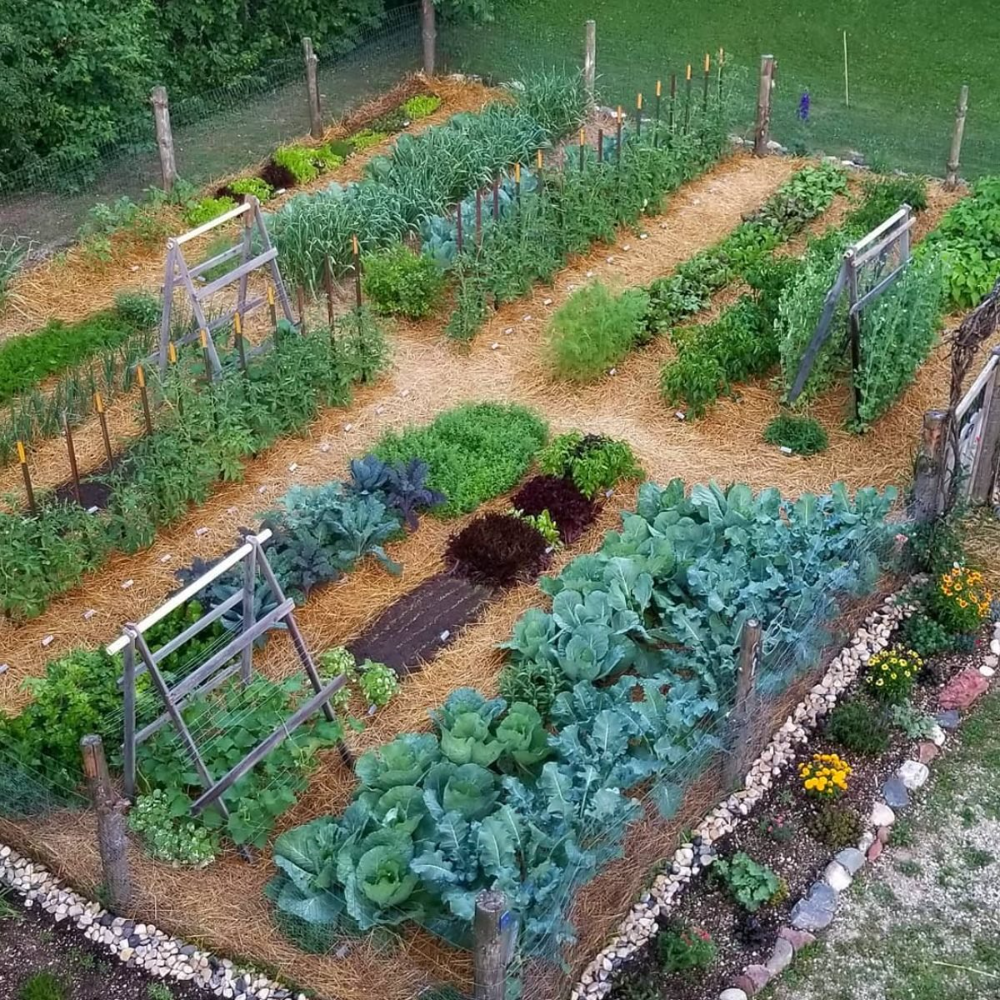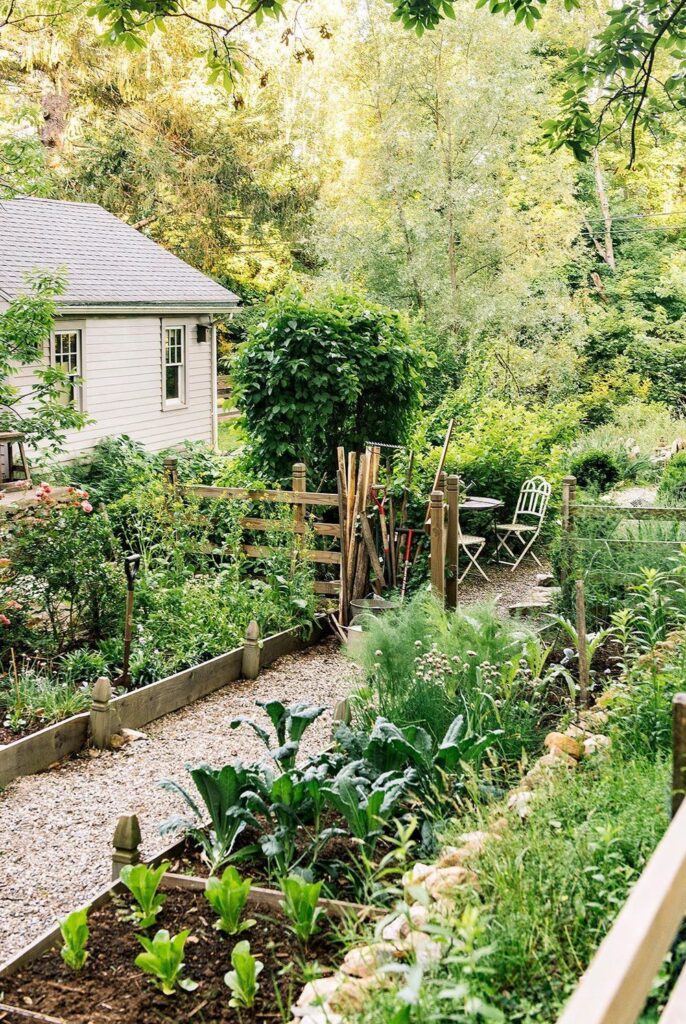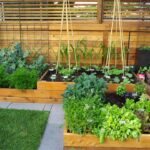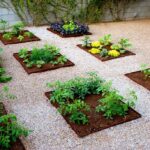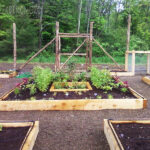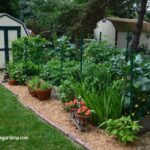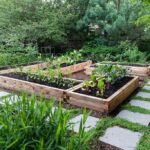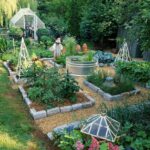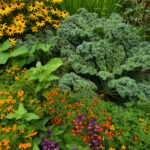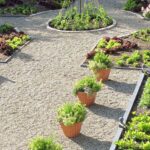Landscaping a vegetable garden can not only make it visually appealing but also improve its functionality. By strategically designing the layout of your garden, you can maximize space, improve access, and create a more efficient and enjoyable gardening experience.
One important aspect of landscaping a vegetable garden is creating defined pathways and borders. This not only helps to prevent soil compaction but also makes it easier to navigate around the garden. Use materials such as gravel, mulch, or even stepping stones to create clear pathways and borders that separate different areas of the garden.
Incorporating raised beds into your vegetable garden can also enhance its appearance while providing numerous benefits. Raised beds improve drainage, soil quality, and heat absorption, allowing you to grow a wider variety of vegetables. Additionally, they can add height and dimension to your garden, making it more visually interesting.
Consider adding trellises, arbors, or other structures to your vegetable garden to support climbing plants such as peas, beans, and cucumbers. Not only do these structures provide necessary support for these plants, but they can also create vertical interest and add a decorative element to your garden.
When planning the layout of your vegetable garden, think about how you can group plants together based on their compatibility and growing habits. This not only makes it easier to care for your plants but also creates a more cohesive and visually appealing garden. Consider planting taller plants at the back of the garden and shorter plants at the front to create depth and interest.
Lastly, don’t forget to add some decorative elements to your vegetable garden to enhance its overall aesthetic. Consider incorporating colorful flowers, ornamental grasses, or decorative containers to add pops of color and visual interest to your garden. By thoughtfully landscaping your vegetable garden, you can create a beautiful and productive space that you’ll enjoy spending time in.
